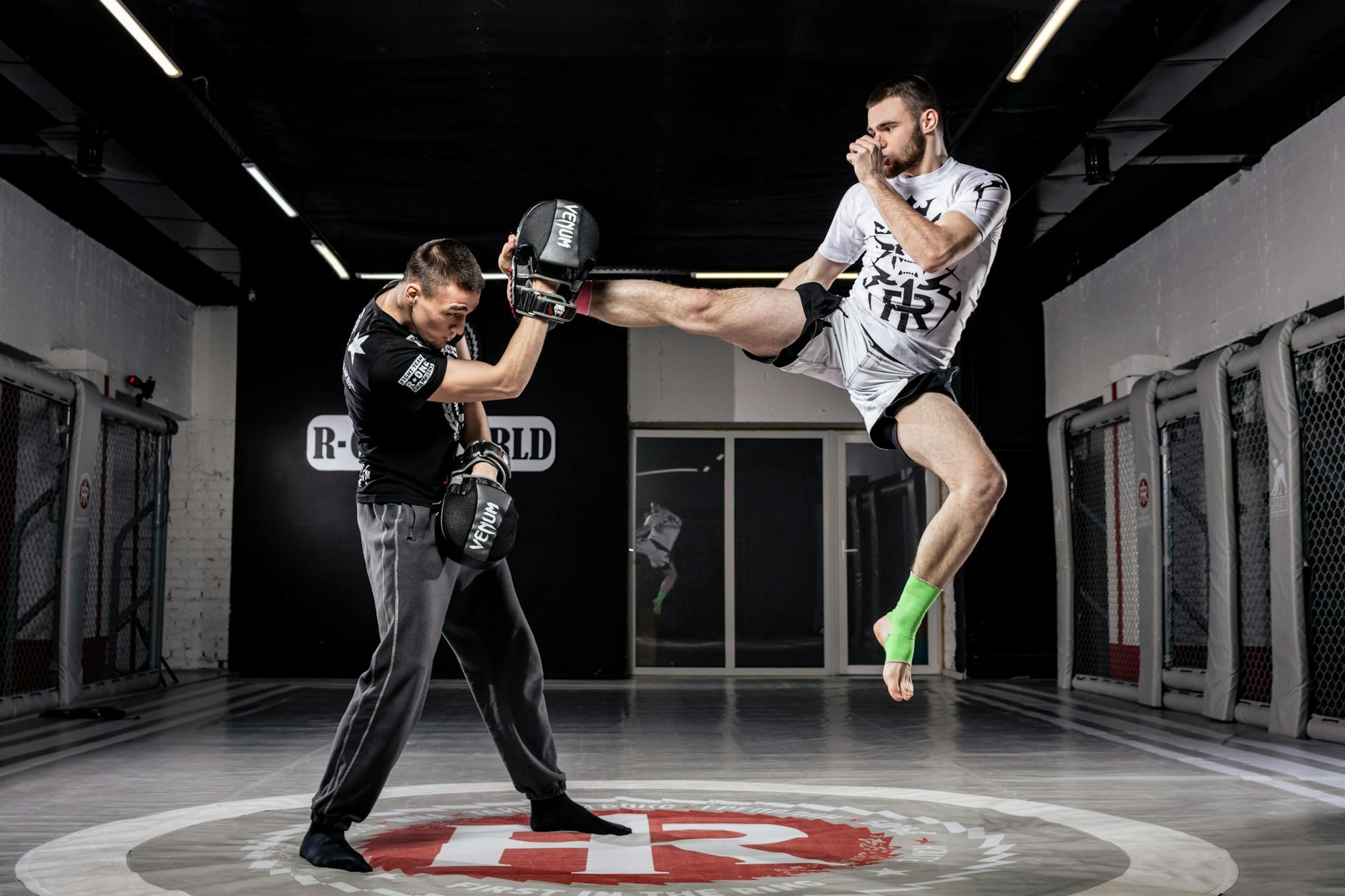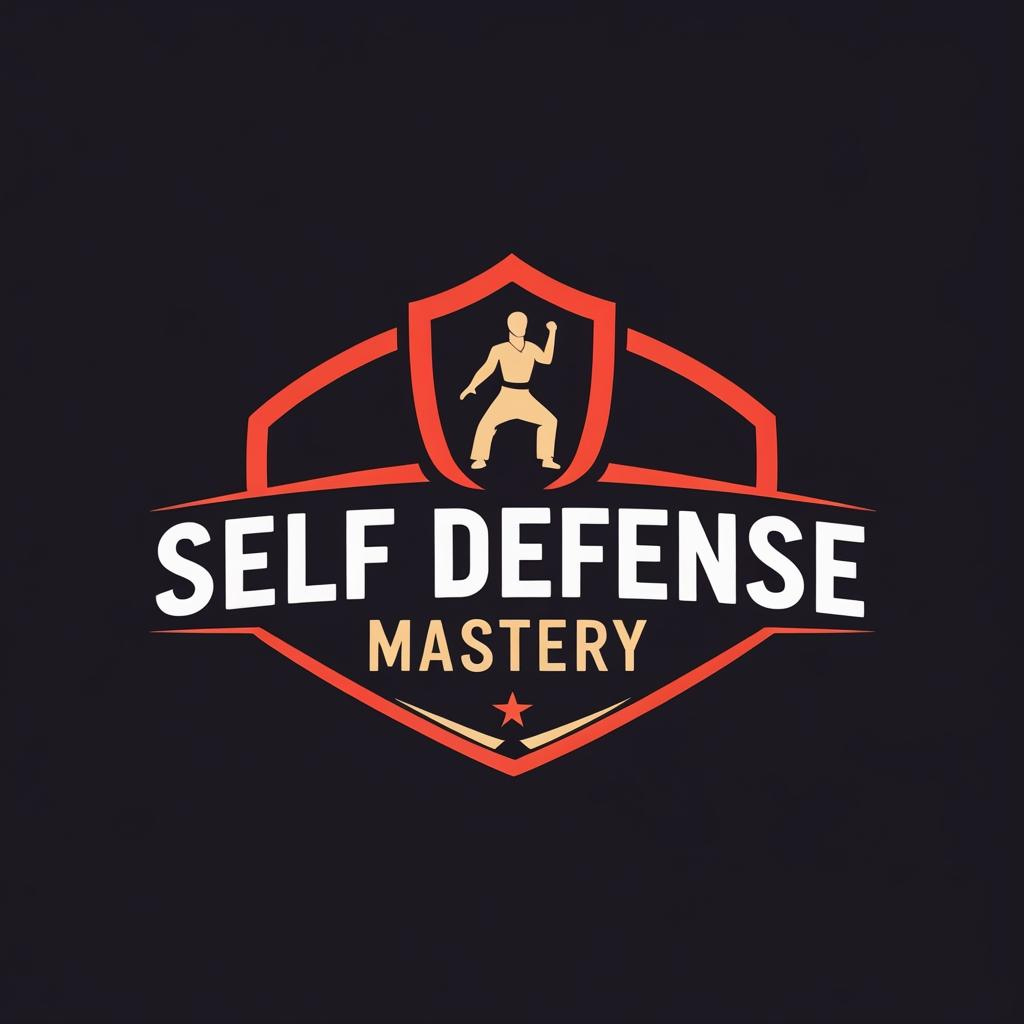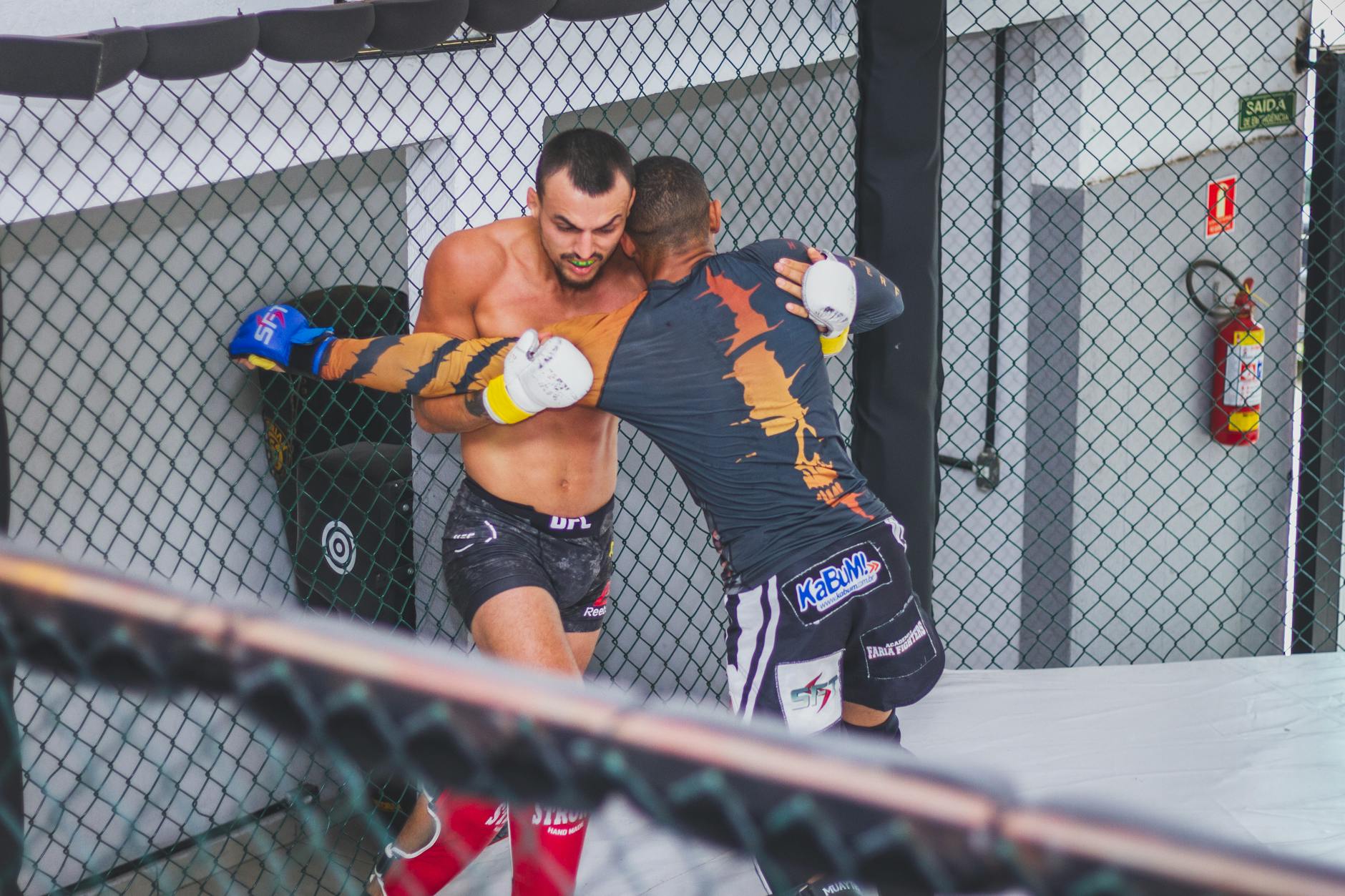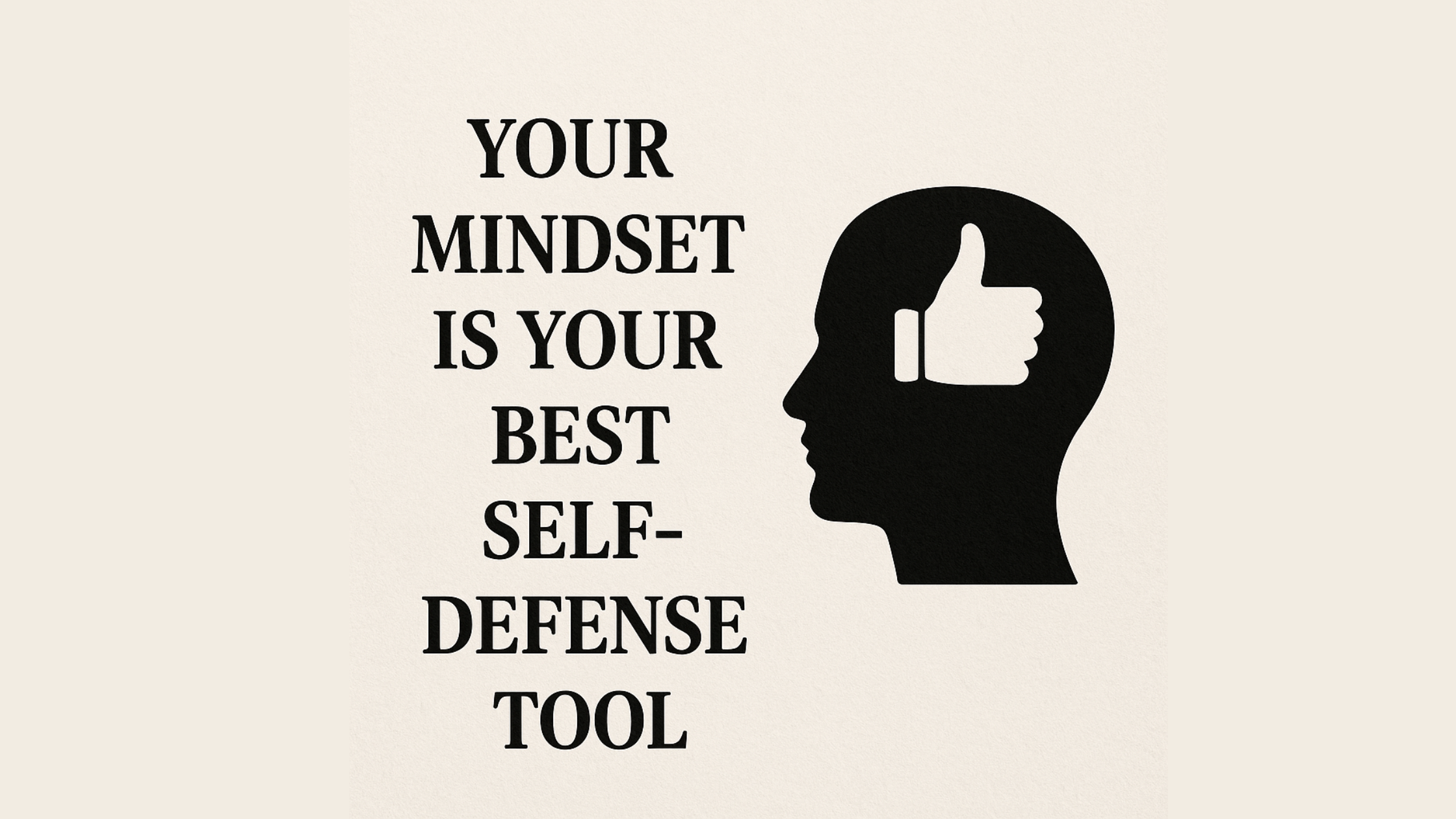What Happens in High-Stress Self-Defense Encounters
When high-stress self-defense encounters occur, the body and mind change in an instant. Sudden threats trigger a rush of stress, leading to fast shifts you can’t control. Knowing these reactions is key for anyone serious about self-defense. The body’s natural responses can help or hurt you. Being prepared starts with understanding what happens inside you when violence erupts.
- What Happens in High-Stress Self-Defense Encounters
- Physiological and Psychological Effects of Acute Stress
- Adrenaline, Hormones, and the Fight-or-Flight Response
- Impact on Vision, Hearing, and Coordination
- Cognitive and Emotional Distortions
- Performance and Decision-Making During Violent Encounters
- In Conclusion
Physiological and Psychological Effects of Acute Stress
Stress hits like a wave. The body floods with chemicals meant to keep you alive. Heart rate jumps, breathing quickens, and muscles tense. This is the fight-or-flight response. It happens fast, often before you’re aware of it. You may lose the ability to perform small, precise tasks, such as dialing a phone or unlocking a door. Your vision narrows, and sounds fade. Time might feel slow or fast. Memory can blur. People sometimes forget entire events or recall things that never happened.
A sudden threat can make you feel frozen or out of control. The rush of energy may help you move, but it can also cloud your mind. If you’ve ever felt your heart pounding before a big moment, multiply that by ten. That’s what a self-defense encounter can do.

Adrenaline, Hormones, and the Fight-or-Flight Response
The adrenal glands signal the start of the fight-or-flight reflex. Adrenaline and cortisol surge through your blood. Muscles get ready to move. Pupils grow wider to take in more light. This cocktail of hormones sharpens simple reactions, like running or swinging a fist. But it makes careful actions harder.
Your heart pounds to push blood to your muscles. You breathe faster to get more oxygen. Some people shake or sweat. You might feel numb or super alert. This rush prepares you to fight or flee, but can also make you freeze if you’re not used to it.
Impact on Vision, Hearing, and Coordination
 Photo by Alexa Popovich
Photo by Alexa Popovich
Acute stress warps your senses. Tunnel vision is common; you focus on the threat and miss everything else. You might not see a weapon or a second attacker. Hearing often drops. This is called auditory exclusion. Sirens, shouts, or cries may fade into the background or vanish.
Fine motor skills vanish first. You may fumble keys or drop objects. Hands can feel clumsy. Gross motor skills, such as pushing and striking, tend to last longer. That’s why simple moves work best under stress. If you rely on complicated steps, you’re more likely to fail when it matters most.
Cognitive and Emotional Distortions
High stress changes how you think and feel. Judging distance and time becomes harder. Some people feel time slows down, while others say it speeds up. Decisions can become snap choices without much thought. Clear thinking often suffers.
Memory suffers, too. Victims and defenders may forget key facts or remember events out of order. Pain can fade from awareness until later. You may not realize you’re hurt until after the threat has passed. Anger or panic may take over, leading to actions that are wild and less controlled.
Performance and Decision-Making During Violent Encounters
Real-life violence rarely looks clean. People fall back on habits or instincts. Training can be helpful, but only if it’s simple and practiced regularly. Stress makes people more prone to using more force than necessary. Inexperienced defenders may misjudge threats, using tools or tactics at the wrong time.
Situational awareness drops. You might not see exits, weapons, or bystanders. The risk of mistakes goes up. Training under pressure is the best way to prepare. Realistic drills help you manage the adrenaline dump and make better choices when it counts.
Breakdown in Precision and Skill Under Pressure
Complex moves fall apart during stress. Tasks that require finger control or precise aim become challenging. That’s why muscle memory is key. Skills repeated often can come out even when you’re scared. Simple actions, like basic strikes or escapes, work best. The fewer steps, the better. Training should focus on drills that you can perform under pressure, rather than showy moves.
Situational Awareness and Perception Errors
Stress blinds you. Tunnel vision locks focus on one threat, missing others. This makes it easy to overlook extra dangers. Mistakes like firing at unarmed people or missing threats behind you happen when awareness breaks down. Building strong situational awareness can help you avoid these costly errors. Practice spotting exits, reading people, and keeping your head up before trouble starts.
Stress Exposure Training: Building Better Response Habits
To get better at handling fear, you need to practice under pressure. Force-on-force drills and stress inoculation training teach you to work through stress. These methods expose you to loud sounds, fast motions, and sudden threats in safe ways. Over time, your body learns to handle adrenaline dumps. You make clearer choices and keep skills sharp.
Real-world examples demonstrate that individuals who train with stress tend to remain more composed. Their minds stay clearer, and their actions are safer. Practical self-defense drills simulate real-life attacks and require quick decisions. This kind of training builds habits that stick, even during chaos.
In Conclusion
Acute stress changes how you see, think, and move. The fight-or-flight response can help, but it often gets in the way. Vision narrows, hearing fades, and fine motor skills decline. Clear thinking becomes tough. Mistakes rise when stress is high and training is low.
The best defense is smart, simple practice. Short, repeatable drills work best. Training under stress builds habits that hold up in real life. To deepen your skills, explore practical self-defense drills and learn how to prepare for real-life situations. Understanding your body’s reactions is the first step to staying safe.






